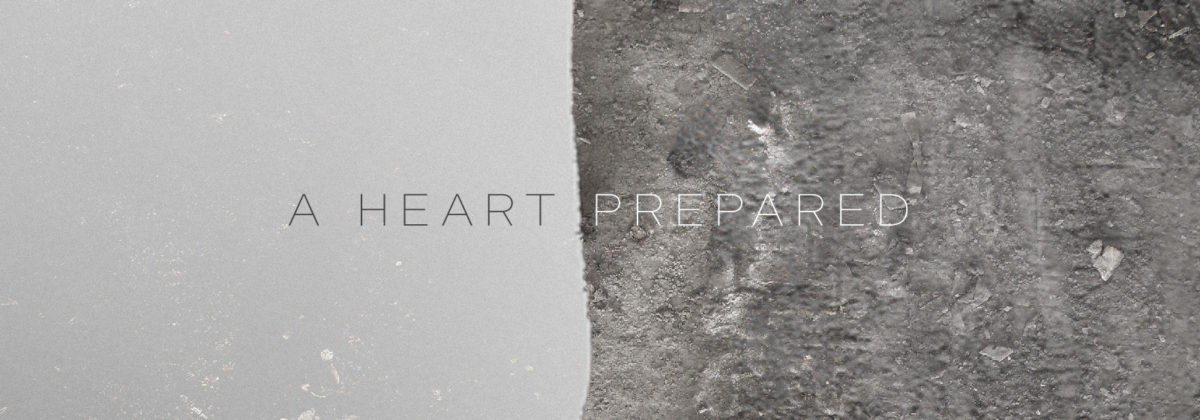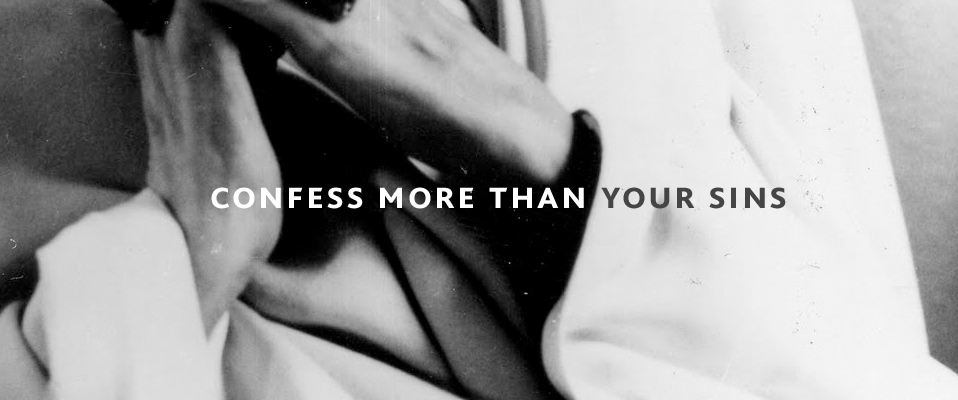Charcoal meeting skin. An ancient sign inscribed on flesh. The priest as artist, painting truth on the bodies of modern believers. Welcome to Ash Wednesday – one of the strangest and most extraordinary days in the Christian calendar.
Ash Wednesday marks the beginning of Lent, the forty day period that culminates in the events of Holy Week and the great celebration of Easter. It’s traditionally a time of reflection and self-examination as Christians prepare to go on a journey with Jesus towards Jerusalem and the cross. In the special liturgy for the day, the priest places an ashy sign of the cross on the heads of those present and says to each one, “Remember that you are dust and to dust you will return. Repent and believe the good news!”
Before I knew much about it I used to think Ash Wednesday was a rather dour and depressing affair, a miserable reminder of our mortality. How wrong I was! I’ve discovered that this is, in fact, among the most exciting of days, one that carries a powerful meaning for artists and anyone who wants to live creatively, imaginatively and faithfully in today’s world.
It was a visit to a piercing and tattooing studio that first helped me understand Ash Wednesday. I was making a radio series about the way that we view the body in our culture, and one of the workers there talked enthusiastically about his career and his own piercings and tattoos. He told me that these practices have been going on for millennia, and whatever reason people have for doing it “we’re all just trying to answer that inner need.”
Art has a vital role to play, bearing witness to the miracle of existence and the gift of life, expressing humanity’s exuberance, joy, gratitude and praise, and recognizing that we are not gods but creatures, subject like everything else to the limitations of earthly existence.
When I asked him what that need might be he said something remarkable: “the body is a blank canvas, and it’s up to us what we want to do with it so we can make it more beautiful … You’re changing into someone you want to be.”
‘The body as a blank canvas’ … ‘Changing into someone you want to be’ … I was still pondering those words as we left the studio when a colleague casually reminded me that this was the first day of Lent. Wow! Ash Wednesday! I was immediately struck by this amazing conjunction of events: even as we were conducting interviews with the tattooists, ministers across the country had been at work in their churches, temporarily branding Christian believers with the sign of their faith. And the more I researched the meaning of this holy day, the more profound I discovered it to be. For Ash Wednesday, too, is all about bodies and identity, about who we are and wish to be, about creating something beautiful and unique.
The liturgy for Ash Wednesday contains three commands – Remember! Repent! Believe! – each of which, together with that sign in charcoal, says something important about human life and identity and helps us understand the relationship between Christianity and the arts.
Memory plays a key part in the Christian faith. Believers are called to remember who they are and whose they are. The words, ‘Remember that you are dust’, direct us back to the very beginning, when God formed Adam – ‘the earthy one’ – from the dust of the ground and breathed into his nostrils the breath of life (Gen.2:7). Far from suggesting that we are sinful rubbish, the liturgy is reminding us, in the first instance, that we are creatures who depend on God for our very existence. And as such, earthiness, physicality, and sexuality are proper to human existence, not accidental to it. At the same time, this ‘dust-that-we-are’ has been created in the image of its Maker (Gen.1:26). Imagination and creativity are integral to our humanity.
The Ash Wednesday liturgy is a call to remember the wonder of creation. And in this remembering, art has a vital role to play, bearing witness to the miracle of existence and the gift of life, expressing humanity’s exuberance, joy, gratitude and praise, and recognizing that we are not gods but creatures, subject like everything else to the limitations of earthly existence.
Ash Wednesday points us back to creation. So too does art.
According to the Christian faith, human life is never ‘a blank canvas’. We are not and cannot be completely self-defined. However much we might protest and kick against the idea, we are creatures, and we are dependent on the God who made us.
It bears witness to beauty and wonder even amidst the pain and struggle of life, the ashes of history, and it calls us to live with faith, hope and love, believing that Christ can change and renew us, just as he promises to do for all of creation.
Theologian Walter Brueggemann suggests that on Ash Wednesday, something challenging and transformative takes place. As the minister pronounces those words and marks the heads of believers, there is “a moment of confrontation, of combat and assault, in which a battle is waged for my identity.” As in the most honest and perceptive art, we are told the painful truth about ourselves, and the sinful reality of our world. And we are called to Repent! Turn around! A new way of life is offered that challenges the dominant consumer pattern of our lives. How will we respond?
Ash Wednesday confronts us with our reality. So, too, does art.
Wherever we look in the modern world, hope seems to be in short supply. Ash Wednesday is the beginning of a momentous period that culminates not in a death on Good Friday but with a resurrection on Easter Sunday. It is utterly aware of the realities of the human condition – aware of our fallen-ness, our lust for power, but it doesn’t leave us there. That cross of ashes with which the priest marks the believer, is not a morbid indication of death and corruption, but a lively sign of faith and hope.
Believe! Ash Wednesday points to Jesus Christ as the true source of meaning and identity. It bears witness to beauty and wonder even amidst the pain and struggle of life, the ashes of history, and it calls us to live with faith, hope and love, believing that Christ can change and renew us, just as he promises to do for all of creation.
Ash Wednesday encourages us to hope. So, too does art.




